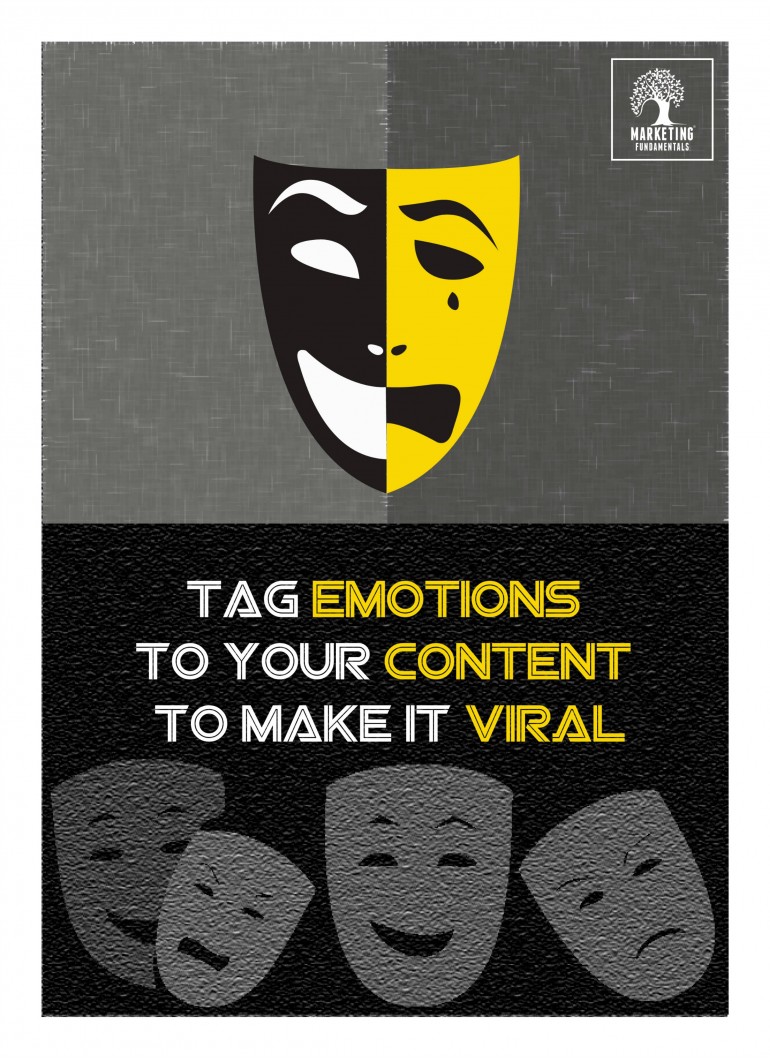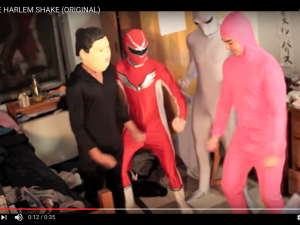
Virality is extremely tough to explain precisely. Every marketer wants to produce content that goes viral. Every brand wants to produce the next big thing. But do things actually go viral on their own? Or can we orchestrate virality? Or is it something that is inexplicable?
Many researchers have explained why things go viral and why they catch on like forest fire. Jonah Berger, professor at Wharton Business School, has explained in his book Contagious the emotional triggers that cause virality and why people like to share. We decided to begin analysing virality and then focused on two famous examples of viral content and assessed the commonalities of both cases.
Harlem Shake
Harlem Shake is a song by an Electronic DJ named Baauer. However, Harlem Shake became an internet meme video which went viral on February 2013.
People created their own versions of Harlem Shake. The video meme usually lasted for around 30 seconds. The video begins with one person (helmeted or masked) dancing alone to the song for 15 seconds, surrounded by other people not paying attention to the person and his/her dance. Then the Bass drops, there is a voice over that says “Do the Harlem Shake” and there is a jump cut. After which it shows the entire crowd doing the dance in a crazy convulsive fashion.
A group of 5 teenagers from Australia uploaded their version of Harlem Shake which quickly became viral as an internet meme. Very soon a lot of people uploaded their own version of the Harlem Shake.
It was not a single video that went viral. Rather the dance routine of Harlem Shake went viral. Within 40 days of the first video, Harlem Shake had 1 billion views on YouTube.
Bauuer debuted as Number 1 on Billboard Hot 100 after Harlem Shake became a YouTube phenomenon.
Why did Harlem Shake go Viral?
- Humour – All Harlem Shake memes had the unique element of humour. The crazy convulsive nature of the dance moves was humorous. All videos had one message – Sometime it’s just okay to dance crazily.
- Influencers –Content becomes viral when influencers (or people with wide following) share it. Harlem Shake got its necessary push when Makers Studio, an LA based video company published their version of the Harlem Shake. At the same time an influential electronic dance music blogger shared Harlem Shake video on his Twitter profile. These gave Harlem Shake the initial push.
- Timing – Timing plays a crucial role for every piece of content that goes viral. Harlem Shake phenomenon happened right after the Super Bowl of 2013. Brand Marketers were looking for the next big thing after Super Bowl. Harlem Shake was a perfect opportunity to latch on.
Dollar Shave Club Commercial
Razor blades are traditional products dominated by the likes of Gillette for decades. For a young startup to compete with the bigger brands in a traditional industry need fresh thinking and innovative content.
In March 2012, a new Razor blade business called Dollar Shave Club launched a new video that took the YouTube world by storm. The video shows the company’s CEO Michael Dubin, walking through his warehouse and issuing wisecracks and encouraging men to buy subscription for razor blades at $2 a month.
The video is full of humour, some goofy dancing and punch lines. Within first 3 months of video, it racked up 4.75 million views on YouTube. Dollar Shave Club received 1200 orders in the first 48 hours of video launch.
Why did the video go viral?
- Humour – The video is full of wisecracks, CEO wielding a machete, a bear, a toddler shaving a man, and a goofy dance number in the end. Humour attracts attention.
- Timing – The founder himself admits that the timing was crucial. This was post the Super Bowl period and nothing much was happening. Also it was during the build up to the South by Southwest festival in Austin.
- Shock and Awe – Have you heard the F-word in the ad, and seen it as their company’s tagline? Using the F-word with a straight face does tend to add some shock and awe to an advert. One does not often get to see Ads that are “in your face”.
Similarities between Harlem Shake and Dollar Shave Club Commercial
One can argue that Harlem Shake was a meme that went viral and not just one video. On the contrary, it was one video by Dollar Shave Club that went viral.
However the differences end there, because our analysis is based on the phenomenon that caused virality in both cases.
Both of these case studies had strong elements of emotional triggers as well as timing that caused these videos to spread like wildfires. In addition to emotional triggers content also needs to be endorsed and pushed by influencers to the masses.
For brands that are looking to create content to reach out to more people, these are some of the basics that need to be taken care of:
- Always create content which has a strong degree of emotional trigger. Humour is a great emotional trigger that motivates people to share. Awe is also recognised as another strong emotional trigger
- Reach out to influencers and get their endorsement. This will help you reach the masses
- Timing is another crucial element for virality. You have got to understand when is the right time to push your content. You cannot be too early or too late in the game.
If you’d like to talk to us about analysing virality or creating an effective content marketing plan for your business give us a call on +44 845 2264 247 or email us at mail@marketingfundamentals.com. We are a leading Content Marketing agency in London.
Best regards,
Marketing Fundamentals Team
Follow us on Social Media


